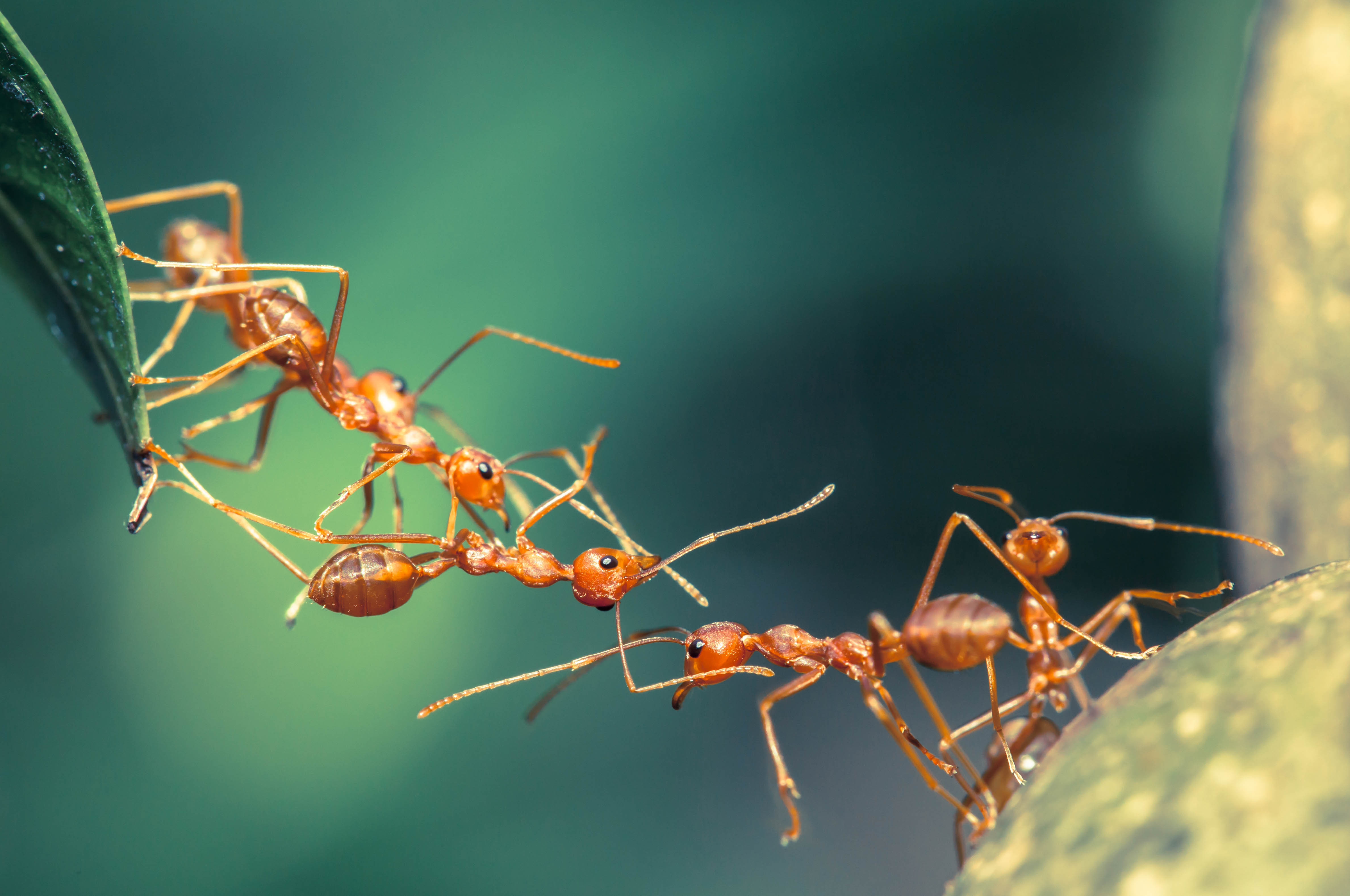
Spock may have been on to something when he explained how the needs of the many outweigh the needs of the few. Indeed, that utilitarian way of thinking could explain why a newly discovered species of ants in the tropical rainforests of South-East Asia basically explode when threatened.
Scientists discover thousands of new species every year, but the recent detection of the Colobopsis explodens, has people bursting with excitement. That’s because when the worker ants of this particular species feel threatened, they sacrifice themselves and defend the colony by exploding all over their enemies.
It doesn’t get much more cinematic than that.
“When threatened, [the ant] gets in very close range and it will bite into the leg of the other ant, attach itself, and then curl around its backside and contract its muscles until its back splits open,” one of the people responsible for the discovery, Alice Laciny of the Natural History Museum of Vienna, tells BBC. “The whole ant is filled with large gland sacs. These sacs are filled up with sticky go so when the ant contracts and ruptures, this goo is expelled onto the enemy.”
According to researchers, that goo is yellow and has a smell similar to curry, which is surprising given the ants’ brownish-red exterior. The fact that they’ll take such extreme measures to protect themselves, however, isn’t so shocking.
Exploding ants have been around for more than a hundred years (that scientists know of anyhow), and have developed all kinds of protective mechanisms in order to fight off predators that would view large groups of ants as an easy food source.
“Almost all ants can bite, sting, or spray formic acid,” ant behavioral ecologist at the University of Regensburg in Germany, Tomer Czaczkes, tells National Geographic.
Unlike other ant groups where the larger, majors ants do the defending, the attacking ants of the C. explodents are smaller, or minors, making this particular species even more unique.
“Majors are rarely seen in the wild, as they usually remain inside the nest,” Laciny adds.
Despite the novelty of these ants, the idea of animals sacrificing themselves for the good of their species’ survival (known in the scientific communities as autothysis) is certainly nothing new. Laciny compares the ants to worker honeybees, which can’t reproduce; by stinging enemies and sacrificing themselves in the process, that’s how they contribute to the survival of the colony.
Meanwhile, some termites, mice and even the giant pacific octopus have also been known to “self-destruct” when faced with certain perilous situations. And in our opinion, that makes them some of the most honourable species around.
